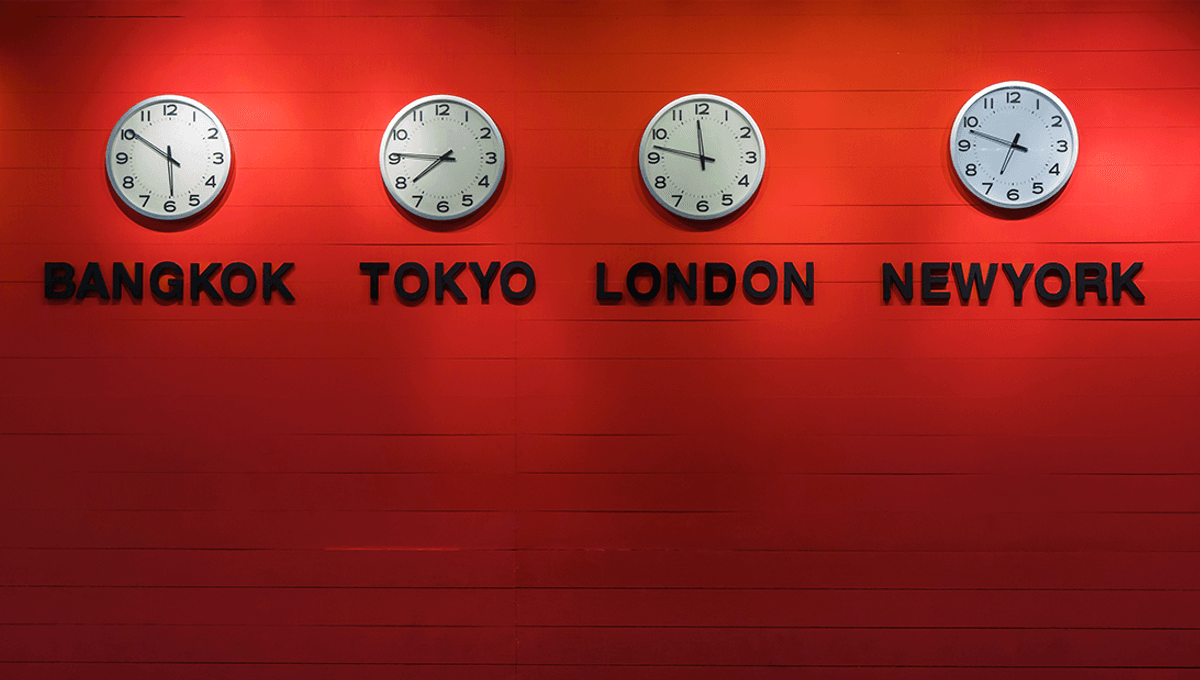
Time is a pretty interesting concept to get your head around. For instance, thanks to Einstein, we know that time runs faster the further you are from a gravitational field.
The difference, for observers like us standing on a rocky planet, is generally pretty small, but it is something we have to take into account when observing the universe or determining coordinates using GPS. We’ve even calculated precisely how much faster time ticks by on the Moon, and know that astronauts heading to Mars will experience small amounts of time dilation.
There are big questions about what causes the tick of time, and how we experience it. But it turns out people have more fundamental questions than that, such as “what does AM and PM actually mean?” and “what is o’clock short for?”.
These concepts are a little easier. First up, why are days divided into 24 hours? A day is defined by how long it takes the Earth to rotate around its own axis with respect to the Sun, and a year is defined by how long it takes the Earth to complete an orbit of the Sun. It is more useful for us to break this chunk of time down further by dividing it into smaller parts, of course meaning hours, minutes, seconds, all the way down to zeptoseconds, yoctoseconds, and Planck time.
The reason we use 12 hours, 24 hours, and divide hours up into 60 minutes comes down to the Ancient Egyptians. Instead of using base 10, they used base 12.
“Night-time was divided in 12 hours, based on the observations of stars. The Egyptians had a system of 36 star groups called ‘decans’ — chosen so that on any night one decan rose 40 minutes after the previous one,” Dr Nick Lomb, consultant curator of astronomy at the Sydney Observatory explained to ABC Science. “Tables were produced to help people to determine time at night by observing the decans. Amazingly, such tables have been found inside the lids of coffins, presumably so that the dead could also tell the time.”
Two extra hours were added by the Egyptians, who used shadow clocks, for twilight and sunset. Hours and minutes being divided into 60 comes from the Babylonians, who inherited base 60 from the Sumerians.
As for what “o’clock” means, this is incredibly simple. It is a contraction of a phrase in Middle English, “of the clokke“. Clearly saying “of the clock” was taking too much time to say, and so it eventually became abbreviated to “o’clock”, with the first recorded instance of this use reportedly being in 1560. For a time, a rival phrase “a clock” was also used, though this seems to have died out in the 19th century, with o’clock becoming the preferred contraction.
All “explainer” articles are confirmed by fact checkers to be correct at time of publishing. Text, images, and links may be edited, removed, or added to at a later date to keep information current.
Source Link: What Does O'Clock Actually Mean? And Why Do We Divide Days Into 24 Hours?